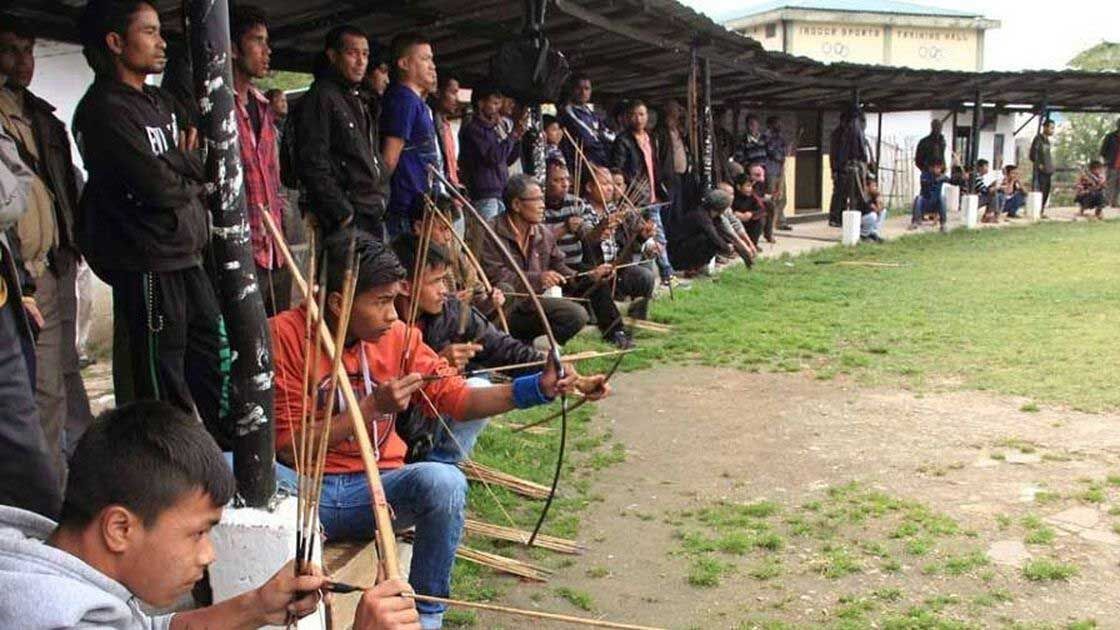Tucked away in the emerald hills and misty landscapes of Northeast India, Meghalaya is a land
steeped in culture and natural splendor. Among its most curious and culturally rich practices is
Teer—a lottery-style game that Teer Results fuses archery, folklore, and numerology in a way
that's as communal as it is thrilling.
The Roots of Teer
The story of Teer begins with the Khasi people, one of the major indigenous groups in
Meghalaya. Archery has always played a central role in their cultural celebrations and
community events. During the Shillong Teer Result mid-1900s, what began as friendly archery
contests in Shillong began attracting bets from spectators. This informal betting eventually
evolved into a structured and widely accepted form of entertainment.
By the 1980s, the government of Meghalaya recognized Teer’s growing significance and
formally legalized it under the Meghalaya Amusements and Betting Tax Act. This not only
brought legitimacy but also enabled the state to regulate and benefit from it financially.
How Teer is Played
Teer is held from Monday through Saturday at various licensed venues, with the Polo Ground in
Shillong being the most iconic. The format is unlike conventional lotteries:
Roughly 50 archers from local clubs each shoot a set number of arrows—usually 30 in
the first round and 20 in the second.
The first session begins at 3:45 PM, followed by the second at 4:30 PM.
After each round, the arrows that hit the target are counted. The last two digits of this
count form the winning number (for example, if 783 arrows hit, the winning number is
83).
Participants place their bets on two-digit numbers ranging from 00 to 99, or use more nuanced
options like “house” and “ending” bets for added complexity.
Betting and Rewards
Part of Teer’s mass appeal lies in its simplicity and affordability. Bets start as low as ₹1, and
winnings can be as high as ₹80 for a correct first-round pick or ₹60 for the second round. This
low barrier to entry allows virtually anyone to participate, from working-class individuals to
first-time visitors.
Unlike computerized lotteries, Teer remains deeply human in its operation—factors like wind,
archer precision, and even luck or superstition play a role in the outcome. This unpredictability
adds a layer of charm and intrigue that keeps people coming back.
Dreams and Digits: The Superstitious Side
A unique element of Teer culture is how players select their numbers. Many rely on dream
analysis or numerology to determine their daily picks. There’s a rich local tradition of decoding
dreams—seeing a snake might point to the number 07, while dreaming of a wedding could hint
at 28.
These interpretations are often passed down or shared in the community, and early mornings
often begin with discussions about dreams and the numbers they might represent. It turns Teer
into a communal ritual as much as a game.
A Game That Powers a Community
Beyond its cultural roots, Teer has grown into a vital micro-economy. The game supports a
diverse ecosystem: archers receive payments for their participation, ticket sellers earn
commissions, local numerologists offer consultations, and small vendors find regular customers
near Teer counters.
The state's taxation of Teer also channels funds into public infrastructure and services, making it
a rare instance of a legally sanctioned betting system that directly benefits local communities.
Balancing Popularity with Regulation
Teer’s widespread popularity hasn’t come without criticism. Detractors argue it can lead to
compulsive gambling and financial strain for lower-income players. In response, the Meghalaya
government enforces strict regulations—only registered clubs may organize matches, and betting
is permitted solely through licensed counters.
These measures have helped build a transparent, community-led model that contrasts starkly
with the often-illegal gambling systems seen elsewhere in India.
More Than Just a Lottery
In Meghalaya, Teer is more than a pastime—it’s a shared daily event. The anticipation of results,
the spectacle of archers in action, and the storytelling around numbers and dreams all contribute
to a collective cultural rhythm. It’s not unusual for people to gather around counters just to
witness the event, even if they haven’t placed a bet.
Teer acts as a binding force in many communities, turning ordinary days into moments of
suspense and shared excitement.
Tradition Meets Technology
Even as the game stays grounded in tradition, it has embraced modern technology. Daily results
are now posted online within minutes, and many players use mobile apps to track trends or
decode their dreams. However, unlike online betting platforms, Teer retains its community-
focused, real-world format—making the live experience irreplaceable.
In Closing
Teer isn’t merely a game—it’s a cultural artifact, a social connector, and a symbol of how deeply
tradition and innovation can intertwine. It reflects the Khasi people’s resilience, belief systems,
and their enduring connection to the land and community.
